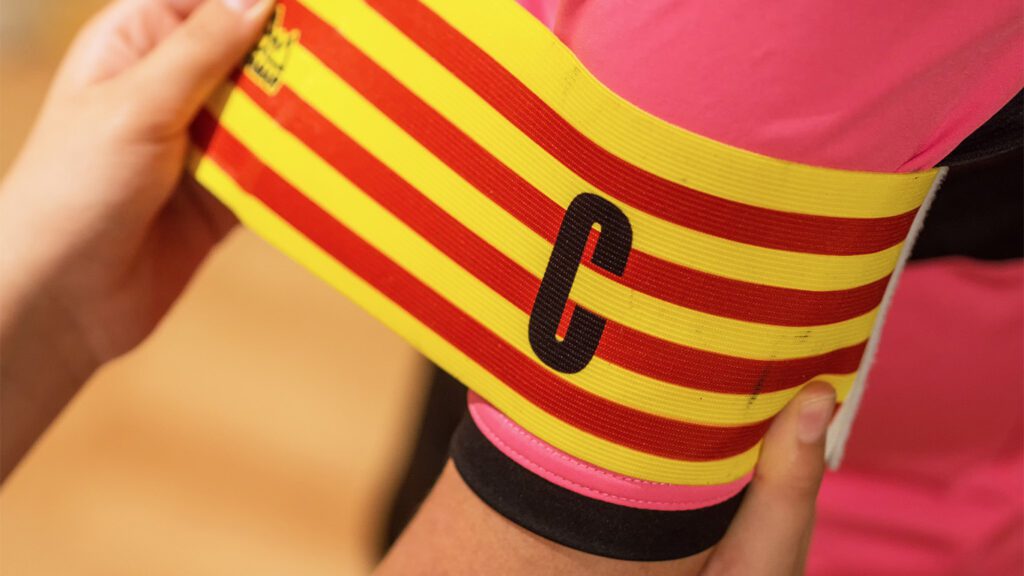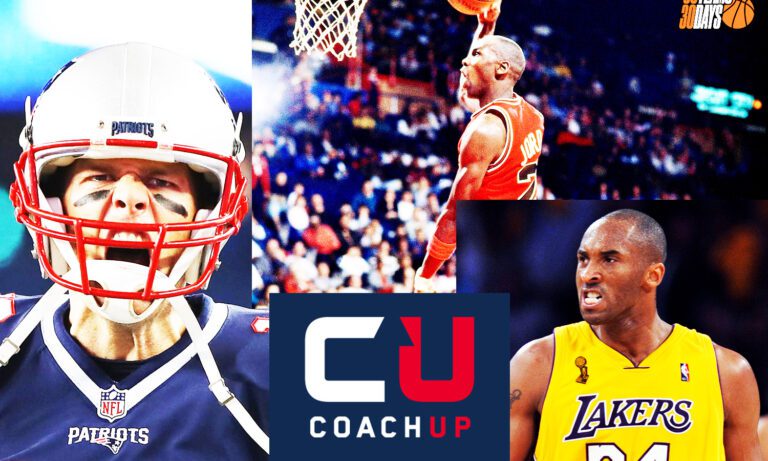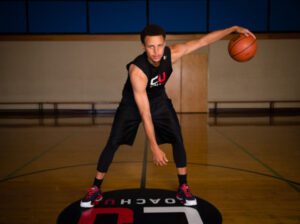It can be challenging to create relevance between the game on TV and your athlete’s personal experience. Teaching moments that come along with watching collegiate and professional games are often restricted to small details; taking one aspect of a batter’s swing or a basketball player’s shot is usually as much as a young athlete can chew on at once. Other times, however, we can find obvious teaching moments within the intangible side of the game. Seeing a star player take criticism on the sideline opens the door to sharing the importance of coachability. Getting a visual of players supporting one another offers parents a chance to express the value in being a good teammate. Sometimes an athletes leadership is put on display, and these moments in particular deserve to be highlighted by parents. It’s not during every game that we get to see what leaders look like.
There are three types of leaders on every team
There are different types of leaders on every team. Vocal leaders use their voices to reinforce their team’s identity, physical leaders speak with their actions on the field, and emotional leaders motivate the players around them. Some players can only handle one of these roles, and others have the ability to lead in a variety of ways. Emotional, physical, and vocal leaders all play a role in the construction of a team. Unique moments call for different types of leaders, and understanding which one your athlete is will help them grow. Regardless of which leader your athlete is, it is important to help them discover the most appropriate and effective ways to fill their role.
Witnessing clear displays of leadership—good, bad, or ugly—by professionals is an opportunity for your athlete to learn. Ask for their thoughts on how the situation played out, and if they have any ideas to differently—or better—handle the situation. See if they have any unique opinions on leadership, and then try to help them find the right times to put them to use.

With our 100% money-back guarantee and vetted coaches, anyone can achieve their full athletic potential. CoachUp is the safest and easiest way to find a coach for personalized training. Find your perfect coach today and become the athlete you want to be!
How useful was this post?
Click on a star to rate it!
Average rating 3.4 / 5. Vote count: 7
No votes so far! Be the first to rate this post.




2 Responses
I used these three levels of leadership in our team meeting yesterday thanks for the information.
I used these three levels of leadership in our team meeting yesterday I appreciate the information.